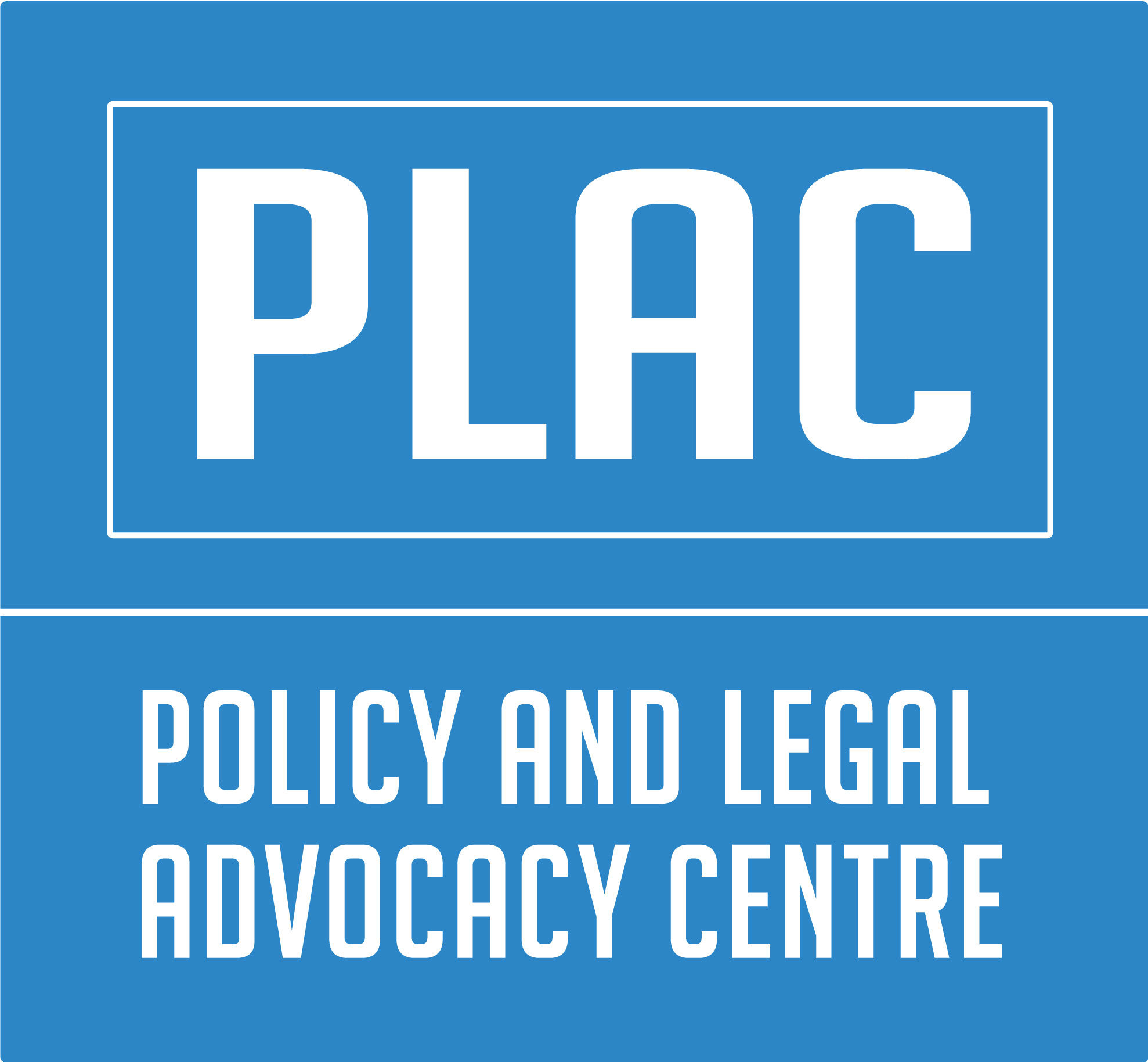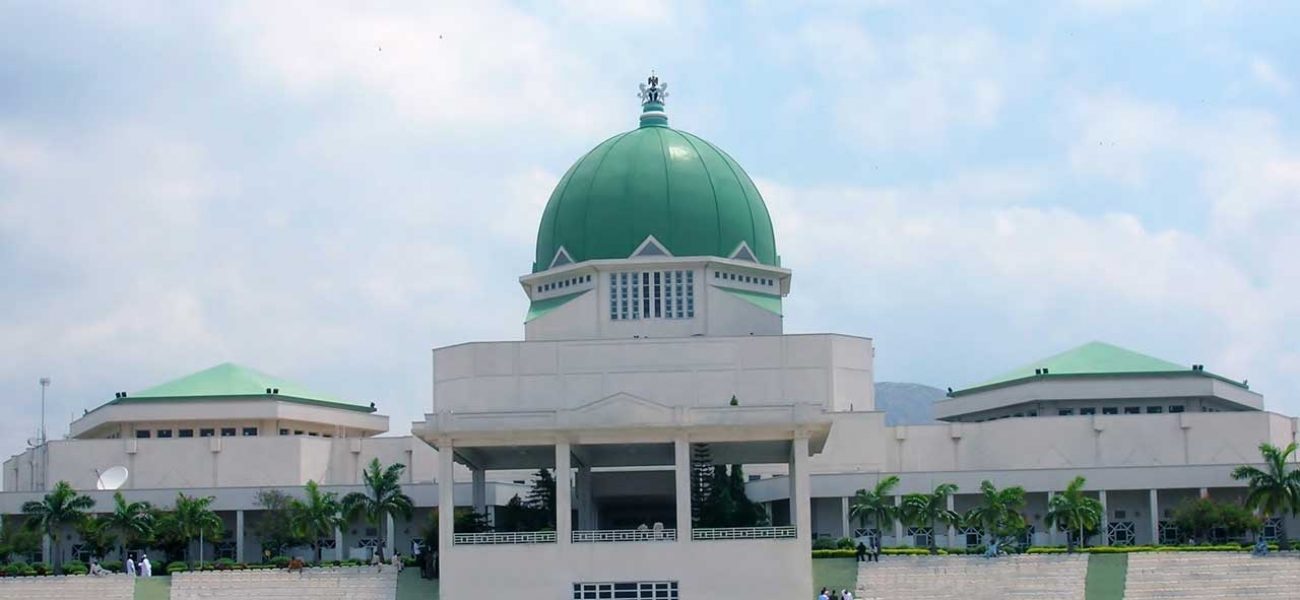The 10th National Assembly’s stop-start calendar in 2025 has reignited concerns about legislative productivity and compliance with the Constitution’s minimum sitting requirement. Section 63 of the 1999 Constitution mandates that each chamber — the Senate and the House of Representatives — “shall … sit for a period of not less than 181 days in a year.”
A year of starts and stops
- New Year resumption (Tuesday, 14 January 2025): Lawmakers reconvened for the 2025 legislative year on 14 January 2025, after the end-of-year recess for the Christmas and New-year holiday on Thursday, 19th December 2024.
Following from which both chambers announced adjournment to Tuesday, 28 January 2025 to allow Committees to conclude work on the budget defence exercise. However, the National Assembly extended the resumption to Tuesday, 4 February 2025.
The Senate and House of Representatives again adjourned plenary on 20 February 2025 for a week and then resumed on Tuesday, 4 March 2025
- Easter & Eid-el-Fitr break (27 March → planned 29 April → shifted to 6 May, 2025): Both chambers adjourned on 27 March for combined Easter and Eid-el-Fitr holidays, initially scheduling a 29 April return. A week before that date, leadership pushed resumption to 6 May to accommodate Workers’ Day and constituency activities.
- Sallah/Democracy Day adjournment (28 May → 17 June, 2025): On 28 May, the House resolved to adjourn plenary until 17 June for Eid-el-Kabir observances, with committees told to continue work. The Senate similarly set a 17 June return as it prepared for a June 12 joint session to mark Democracy Day.
Although the Senate continued plenary session, the House of Representatives suspended plenary session from 8 July to 10 of July, 2025 to conduct the NASS Open Week. Then, resumption of plenary was scheduled for Tuesday, 15 July 2025.
However, both Chambers failed to resume on the 15 of July 2025, following the death of Former President Muhammadu Buhari. They extended resumption to Tuesday, 22 July 2025.
- Annual long recess (24 July → planned 23 September 2025): The National Assembly entered its customary long annual recess on 24 July, with a scheduled resumption for 23 September after roughly two months.
- Extended long Annual recess (to 7 October 2025): On 23 September, both chambers postponed resumption by two more weeks, now returning 7 October, instead of 23 September.
Why the breaks matter
- Pressure on the 181-day threshold. Every unscheduled extension compresses the calendar for the remainder of the year. With several multi-week recesses and multiple holiday adjournments already logged between January and October
The implication is that while Mondays and Fridays, as well as committee workdays, are often classified as “sitting days” by legislative leaders, the actual plenary record tells a different story—one of declining consistency and increasing compression of the calendar. Without sustained effort to priorities plenary business and reduce unscheduled extensions, the Assembly risks falling short of the constitutional requirement.
Failure to meet the 181-day threshold not only raises questions of compliance and accountability, but also impacts the timely consideration of critical legislation such as the Electoral Act Repeal and Re-enactment Bill, Constitution Alteration Bills, and fiscal frameworks. In essence, observers warn that unless the National Assembly establishes a more disciplined sitting schedule, the combination of recesses and adjournments will continue to undermine legislative efficiency and credibility.
- Slower law-making pipeline. Fewer plenary days can delay first/second readings, committee referrals, clause-by-clause considerations and conferencing — particularly on time-sensitive electoral, security, and economic bills. Media and civil society groups have flagged that repeated adjournments blunt momentum on “urgent national matters.”
Furthermore, the compressed calendar forces lawmakers to bundle multiple bills and motions into crowded plenary schedules, where they are disposed of quickly rather than substantively debated. This not only weakens the quality of deliberation, but also diminishes opportunities for civil society and citizens to provide timely input during public hearings.
- Oversight backlog. While many committees continued some activities during recesses, plenary suspensions reduce opportunities for adoption of investigative reports, issuance of resolutions, and follow-through on summons.
The mid-year Sallah adjournment offered a clear illustration of this dynamic. Although committees were explicitly directed to continue their work during the holiday break, the absence of plenary sittings meant that their progress could not be translated into actionable resolutions. Reports prepared in this period piled up in committee secretariats, awaiting adoption when plenary resumed. By then, the legislative calendar was already crowded with debates on motions and bills, making it difficult to prioritise oversight reports.
- Budget cycle risk. The extended long recess to 7 October narrows the runway for pre-budget engagements, MTEF/FSP processing, early consideration of the 2026 Appropriation Bill, and constitution reforms.
With plenary resuming only in early October, the legislative calendar compresses all three tasks (Pre-budget engagement with MDAs, processing of MTEF/FSP, Voting on Constitution Alteration Bills and Consideration of the Appropriation Bill) into a narrow 8–10-week window before adjournment in December. Analysts caution that this bunching of critical legislative work risks undermining the quality of scrutiny, as committees will face simultaneous pressures of budget defence sessions, report presentation, voting and plenary adoption.
What can be done now
- Hold the line on the new resumption date. Returning on 7 October as announced — and minimizing further slips — is essential to recover lost time.
Holding firm to the 7 October resumption is the first step toward rebalancing the legislative timetable and ensuring that critical fiscal and legislative reforms are not sacrificed to calendar pressures.
- Maximize sitting weeks and quorum. Consistent three-day (or more) plenary weeks through Q4, with strict quorum enforcement, can claw back days and move priority bills. (Analysts often note that consistent weekly sittings are key to meeting the constitutional floor.)
Although the National Assembly traditionally holds plenary sittings three days a week—Tuesdays, Wednesdays, and Thursdays—its leadership has consistently argued that legislative business is not confined to plenary sessions alone. According to this position, Mondays, Fridays, and any other days when committees, oversight activities, public hearings, or technical retreats are conducted are deemed as “sitting days” of the legislature. Lawmakers further argue that the Constitution vests legislative power not only in the plenary chamber but also in the committees of each chamber, and these committees carry out essential legislative functions.
Section 54(1) of the 1999 Constitution (as amended) provides that the quorum of the Senate is one-third of all its members and the quorum of the House of Representatives is also one-third of all its members. Without this minimum threshold of members present, neither chamber can validly sit or conduct business. In other words, proceedings are adjourned or suspended until quorum is formed.
Despite the constitutional requirement, enforcement is often weak, with sittings sometimes continuing with fewer members than prescribed. This has raised questions of legitimacy, especially when critical bills or motions are passed with visibly thin attendance.
- Fast-track time-critical items. Upon resumption, the National Assembly will face a crowded legislative agenda with limited plenary days before year-end. To avoid bottlenecks, lawmakers should Prioritize electoral, constitution review exercises and fiscal measures with clear timelines for consideration
The bottom line
Frequent and extended recesses in 2025 — from the post-Easter/Eid shift to 6 May, the 17 June Sallah return, the 24 July–23 September long break, and the additional two-week extension to 7 October — have amplified public worries about throughput in both law-making and oversight. With the Constitution’s 181-day requirement as a clear benchmark, the Assembly will need a steady, disciplined Q4 to reassure Nigerians that vital legislative and accountability work won’t be left on the cutting-room floor.
The Constitution’s requirement of 181 sitting days per legislative year provides a clear benchmark. Yet, with so many sitting days already lost, meeting that threshold will require exceptional discipline in the final quarter of the year. The Assembly cannot afford further slippages; instead, it must sustain a steady, uninterrupted quarter 4 schedule to restore credibility.

